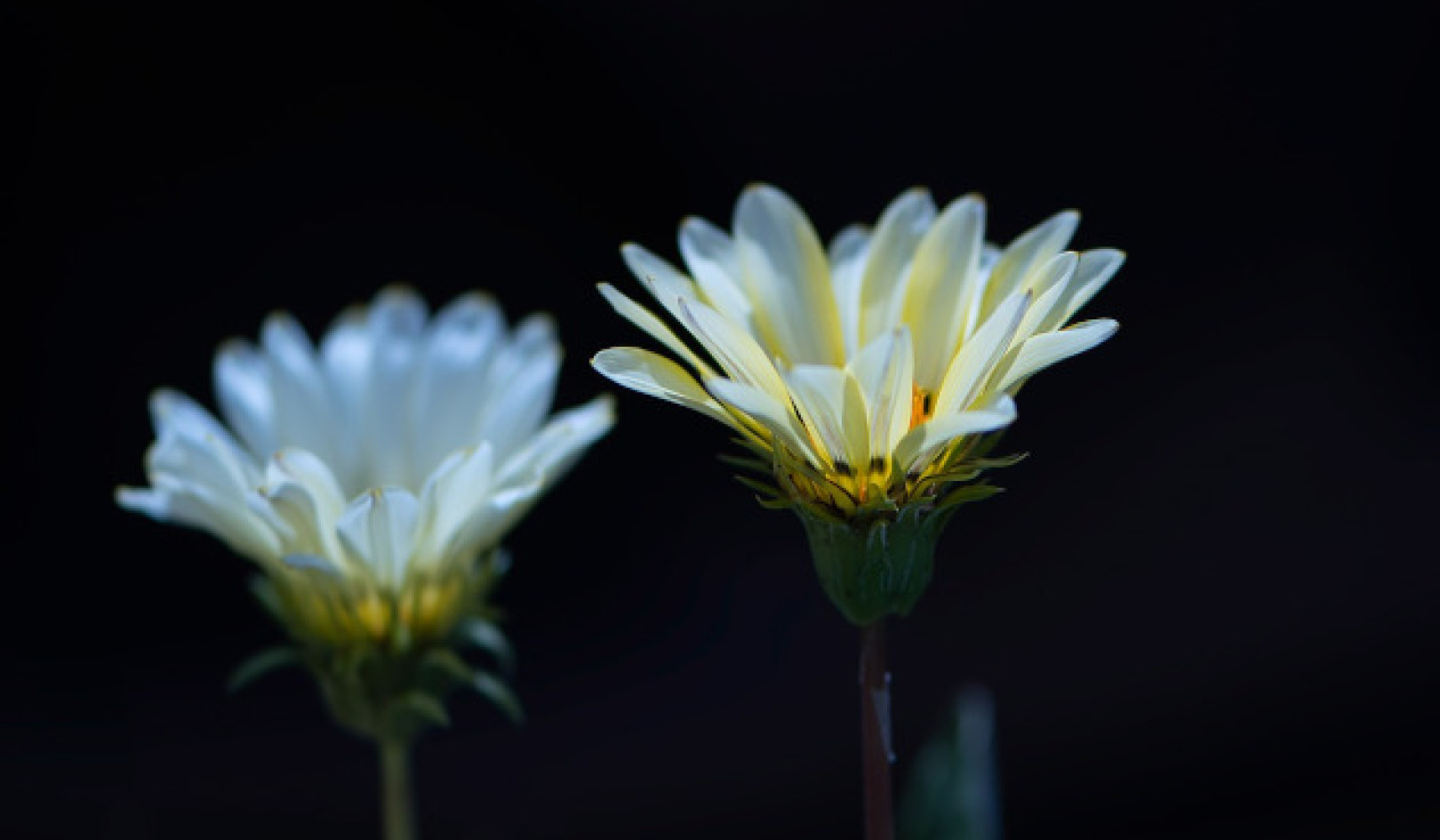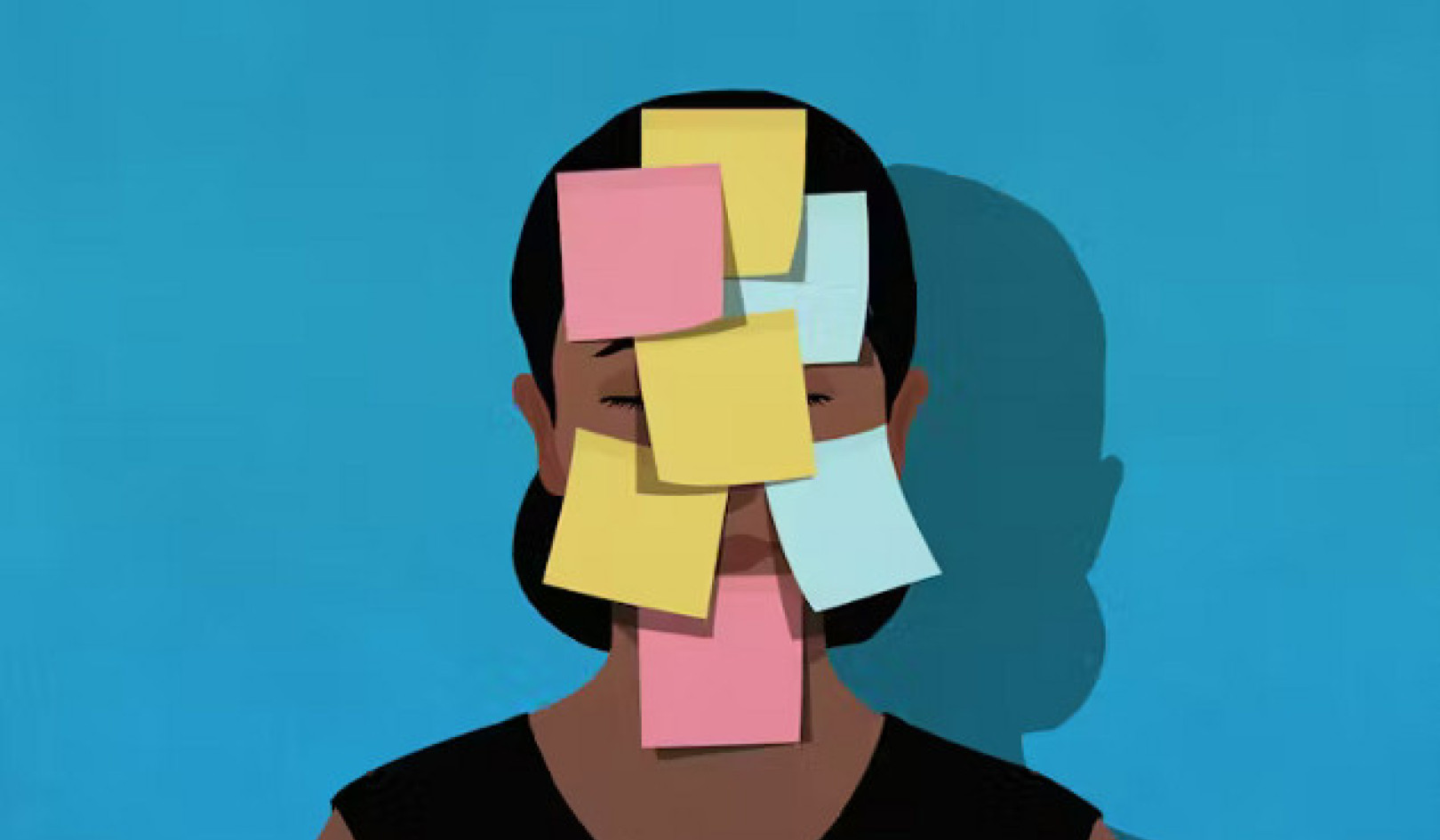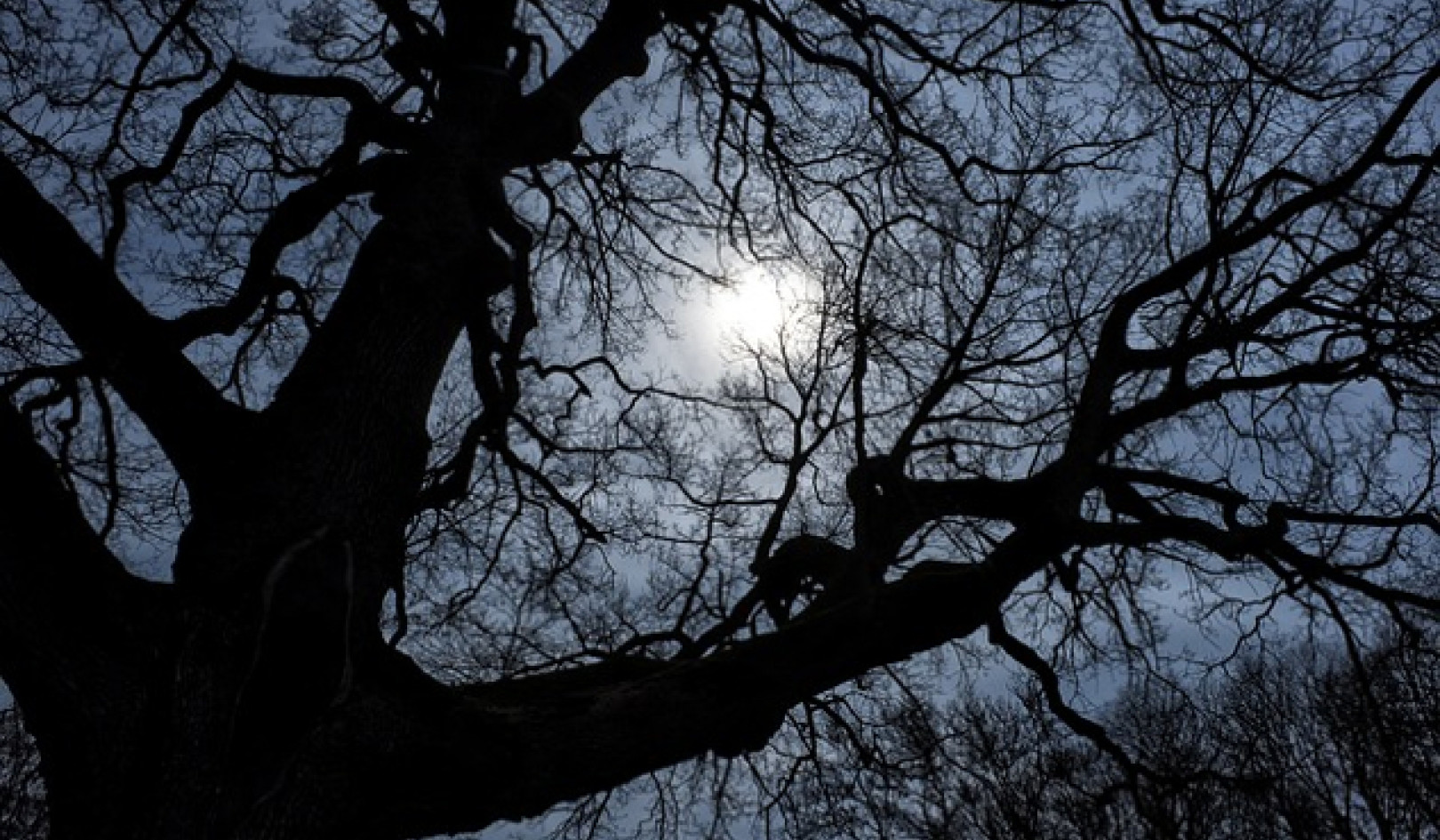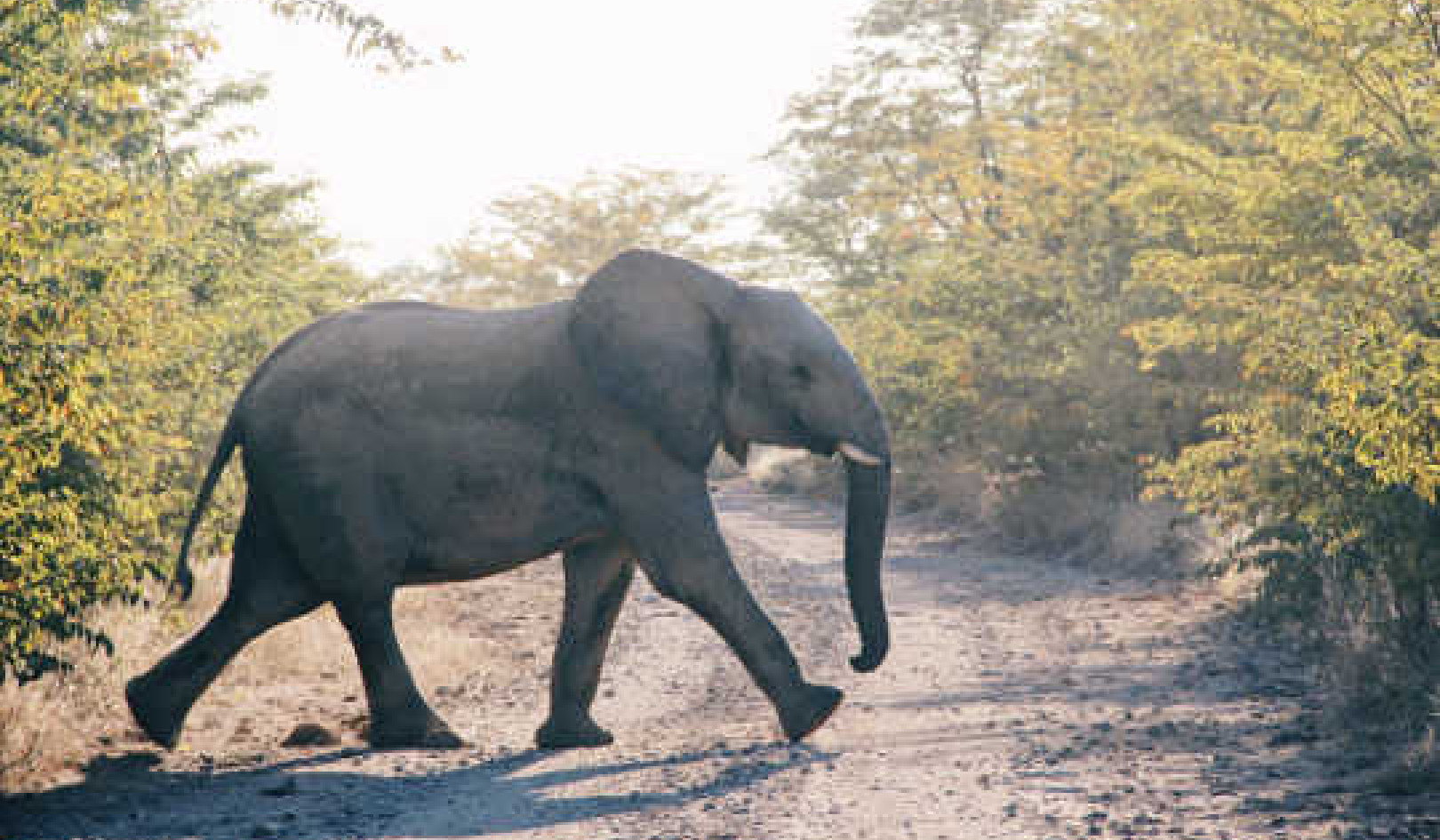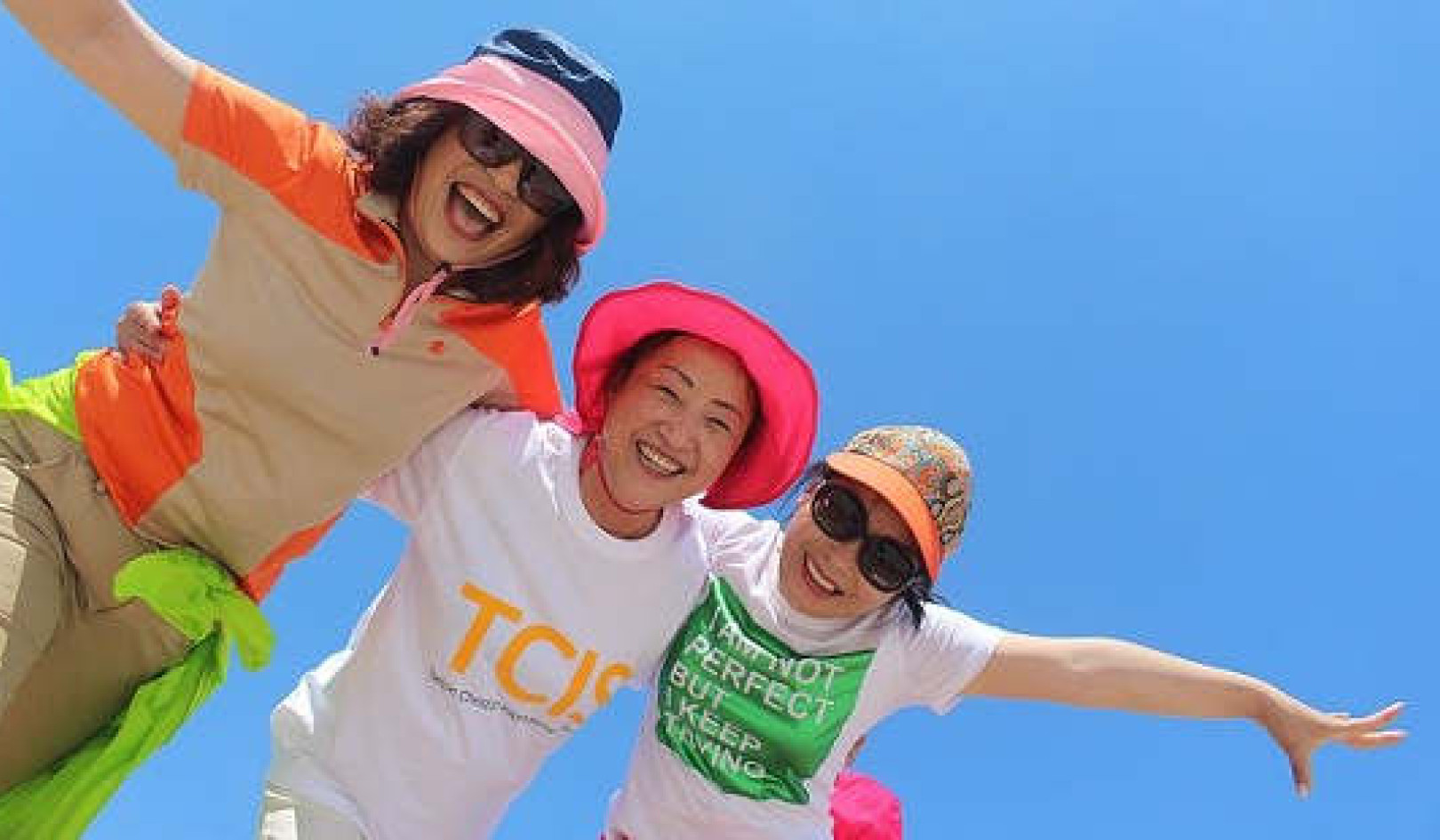
It is by going down into the abyss that we recover the treasures of life. Where you stumble, there lies your treasure. The very cave you are afraid to enter turns out to be the source of what you are looking for. The damned thing in the cave that was so dreaded has become the center. -- Joseph Campbell
Grief is an important emotion. Not an easy one, but it’s how we digest the experience of loss and transform it into something that has depth and meaning. Grief gives us what the Quakers call “gravitas,” a Latin word meaning “gravity” or “weight”—the good kind of weight that turns us into true elders. People who have owned and transformed their grief are like heavy boulders that can stand unmoved in the midst of hurricanes, providing shelter and refuge to others.
I believe we all need a place where we can cry to our heart’s content, and where our grief can be acknowledged, honored, and held in community. In some of my circles, we cry a lot. Don’t get me wrong, Circlework is not an inherently heavy or sad process by any means. There’s lots of laughter and play. But life invariably includes suffering and loss, and in our society, there are few places where we can receive the support we need to move through our grief.
When a woman comes to a circle, and finds it to be a place of true kindness that welcomes her authentic self-expression, her tears may naturally begin to flow. The dam that has been holding them back crumbles, and she experiences what some would call a break-down, but what is actually a break-through.
The Togetherness of Grieving
Of course, we’re capable of grieving alone. But it’s better—much better—if we can share our grief with others. When our grief is held in the bowl of the circle, we can allow ourselves to let go, trusting that our sisters won’t allow us to drown in our tears but will help us re-emerge into the light.
I remember well the sunny morning when Sharon, a heavy-set woman in her ?fties, grieved for her broken marriage. For a long time, she sobbed inconsolably while we held and rocked her. Later, exhausted, she rested quietly in the center of our circle as we gently cradled her head, held her hands, and tenderly laid hands on her heart. For several minutes, there was no sound other than birdsong pouring in through the open windows.
Finally, Sharon opened her clear blue eyes and looked at us. Once again, I was struck by the way tears can wash away years of tension from our faces, leaving them as soft and open as a child's. And to my delight, I saw a little smile begin to curl around Sharon's face, as if the sun were peeping out from behind clouds. Like a circle of mirrors, we smiled back at her.
And then, ever so slowly, her smile broadened into a grin that grew larger and larger until suddenly, her large body began to shake with laughter, seized by a force against which all resistance was useless. It was a beautiful thing to see such joy overtaking a person who just a few moments ago had been mired in deep grief. Her laughter was infectious, and before we knew it, we all were rolling on the ?oor, roaring with laughter at the wild, crazy, terrible beauty of life.
Sacred Space Provides Safety
Circlework can be intense and emotionally challenging. All the more reason to welcome the untamable laughter that shakes us loose and reconnects us with our wild, ecstatic freedom. I always view it as a good sign when women feel safe enough to drop their guard and become playful and foolish.
Sacred space doesn’t need to be serious and solemn. Laughter is a good medicine that helps us shed the heaviness and gloom that overtake us when we take life's dramas too seriously.
There’s one kind of silliness that signals embarrassment or boredom. There’s another that swoops down on us like an angel of mirth after we have descended into the depths of our soul, spoken our truth and wailed our grief. A great sense of relief may arise then, as if a heavy boulder had been lifted from our souls. We feel light and giddy with joy.
Someone starts to giggle for no reason at all, and laughter begins to ripple from belly to belly like wild?re. No way to contain it, no way to repress it. It dies down, only to start anew, a healing ?re that leaps and licks across the circle until everyone is left exhausted, with tear-streaked faces, loose bellies, and warm, contented hearts.
When this happens, I know the spirit of healing is among us. We have come through the dark valley and back out into the light.
Trusting the Flow
The heart that breaks open
can contain the whole universe.
-- Joanna Macy
In daily life, we often repress our tears because we consider them a sign of weakness. Yet actually, tears usually mean that we are softening and opening. Like snow-melt in spring, they signal that some inner kernel of hardness is dissolving.
We speak of “breaking down”, as if crying were a sign of weakness and defeat. Yet more often than not, our breakdown is really a victory over a lifetime of conditioning that tells us to hide our true feelings.
When we believe that certain emotions are good, others bad, we’ll naturally try to dam the flow of the “bad” emotions. In fact, there is no such thing as a good or a bad emotion.
Anger and joy, grief and fear are all the same substance manifesting in different ways. Anger is hot and fast-moving, while grief is deep and watery. Both are energy formations?energy clouds, you might say, or swirls of color, eddies in the river. Set them free to flow and they will transform into something else. We learn not to fear the turbulence but to trust that eventually, we’ll pass into calmer waters.
Emotions that can’t flow can’t transform. Instead, they gradually freeze in place like sheets of ice. Many of us have little icebergs in certain corners of our hearts that have not budged in decades, and that won’t melt until the warm sun of compassion shines on them. Approach them with judgment or self-loathing, and they just freeze up tighter.
Feeling is feeling; you cannot have the light without the dark. Push away your pain, and your joy will vanish with it.
Trusting the Dance of Energy
We’re all part of a great dance of energy. The question is, do we trust the dance? Do we trust where it leads us?
For many people, the initial answer is no. They don’t let their body move because they’re afraid of looking foolish. They don’t let their voice out because they sense that their voice is like a cork?let it pop, and who knows what else might come bubbling out… They don’t express their anger because they worry they might turn violent. They don’t let out their fear because it might be too overwhelming. They don’t let out their grief because they might drown in it.
Some people don’t let out any emotion at all, because they consider emotionality a sign of weakness. When asked to join the dance, they shake their heads. “Thanks, but no.”
In Circlework, we respect the no. After all, nobody else can tell, the way we ourselves can, whether we’re ready to open up or not. Nobody else is qualified to decide when the time is right.
Still, we do need encouragement. It’s important to be invited to the dance, and to know that when we’re ready, we’ll be welcomed. For the time being, we might just need to watch.
This period of watching is important preparation. It might look like we’re just sitting there doing nothing, when in fact, we may be restructuring our whole belief system and preparing for our own break-through.
Feeling the Collective Grief
Today, many of us are feeling an aching, inconsolable grief for the world—for the decimated forests and the poisoned rivers, for the children orphaned by war, for the whales and the polar bears.
I shall never forget the sight of Asha, a strong, tall woman with long black hair, standing in the center of our circle, tears streaming down her face. As we watched in silence, we saw a power gather in her body until it condensed and rose up like lava from the core of her being, pouring out through her mouth in an anguished wail so penetrating it seemed to crack open the sky.
We all knew she was wailing not for herself alone but for all of us, for the human race, for our lost innocence and the ravaged beauty of the planet. This was no cry of weakness or helplessness. Though born of suffering, it was an outpouring of unshakeable strength, the kind of strength that comes when one is crying for the sake of all beings.
Our Wounded Planet
We all know our planet is wounded. However, I suspect that perhaps, women hold this knowledge in a somewhat different way than most men do. I think of it as a more cellular way, meaning that often, women’s pain seems to erupt directly out of their bodies. At times, their conscious mind seems to be the last organ in their body to realize the depth of their grief.
Officially, such grief is dismissed as invalid and unfounded. Don’t we have everything we need? Aren’t we housed and well fed?
Consumer society has stripped the human heart of its dignity and reduced it to a something that is supposed to be satisfied with sentimental movies and piles of toys. Yet we are bigger than that and need a bigger kind of happiness.
Honoring the Pain of the Collective Psyche
Just like the individual psyche, the collective psyche too has a will to heal itself. When certain feelings have been insufficiently acknowledged, pressure builds and eventually surfaces wherever it can—usually in the hearts and minds of those who are energetically sensitive and permeable. They are the ones who as children were told that they were “too sensitive” because they cried inconsolably for the deer lying dead by the side of the road, or for the little boy next door who had no father.
If you are strongly affected by the state of our world, you must find a way to accept, channel and make peace with your feelings. Otherwise, you are liable to get sick, for unconscious emotional pain often expresses itself in the form of physical ailments. Today, growing numbers of people struggle with states of dis-ease that reflect the unacknowledged distress of the collective.
Claiming Our Power To Heal Our Collective Pain
Some women take their grief for the planet to a psychotherapist. But psychotherapy may not offer them the support they need. Typically, the therapeutic model approaches suffering as an individual problem. Yet aren’t grief and rage perfectly sane responses to an insane world?
What we need is not to be “fixed,” but to be invited into a sanctuary where our emotions can flow and wind their way back to the ocean of power from where they came. By creating spaces where our collective pain can be expressed and honored, we claim our power to heal it.
The problems seem so huge, and sometimes we feel so helpless and impotent. In fact, we are not helpless. However, in order to join forces in ways that can support real transformation, we must not only acknowledge the problems but also find ways of taking care of ourselves in the process.
In particular we need to be prepared to hold and heal the emotions that rise up. If we can’t find a way to comfort each other in our pain, hold each other in our fear, and guide each other through our rage, then our emotions will immobilize us. Whereas when we give them space to flow, we find we can transform stagnation into fresh insight, helpless rage into fierce determination and grief into compassion.
The more our society insists on denying the seriousness of the crisis, the more suffering this creates for those who cannot help but feel our collective pain. As long as our pain is dismissed as a symptom of personal pathology, we are bound to feel unheard and unseen at a deep level.
Expressing, Sharing, Embracing, and Transforming Our Feelings of Pain
The circle cannot change the reality of the environmental crisis, but it can provide a sanctuary where we can express and share our pain. Anyone who is working on social change needs to have a safe space where they can feel, express and transform the feelings that come up in the process. By creating such spaces, Circlework opens the doors for us to claim the power we truly do have, but can’t access in isolation.
Paradoxically, the process of embracing our pain for the world leads not to greater despair but to hope. As one woman said after practicing Circlework for several years, “My life is bigger and less isolated. I am less fearful in the midst of world events that I find utterly terrifying. I find myself with a kind of freedom and hope that would have been impossible before.”
Copyright 2018 by Jalaja Bonheim. All Rights Reserved.
Reprinted with permission of the publisher: Meetings in Sacred Space.
Article Source
The Magic of Circlework: The Practice Women Around the World Are Using to Heal and Empower Themselves
by Jalaja Bonheim
 The Magic of Circlework includes the stories and voices of many women who are using Circlework to heal their lives and relationships. Anyone interested in the process of healing and evolution will love their stories of life-altering encounters and awakenings. At the same time, the author emphasizes that readers can use the principles of Circlework even if they never attend a circle gathering. Circlework is, after all, not just a group process. It's also a spiritual practice that approaches the circle as an inner healing medicine that all humans are born with.
The Magic of Circlework includes the stories and voices of many women who are using Circlework to heal their lives and relationships. Anyone interested in the process of healing and evolution will love their stories of life-altering encounters and awakenings. At the same time, the author emphasizes that readers can use the principles of Circlework even if they never attend a circle gathering. Circlework is, after all, not just a group process. It's also a spiritual practice that approaches the circle as an inner healing medicine that all humans are born with.
Click here for more info and/or to order this paperback book or purchase the Kindle edition.
About the Author
 Jalaja Bonheim, Ph.D., founder of the Institute for Circlework, is an internationally acclaimed speaker and award winning author who mentors women worldwide and has trained hundreds of circle leaders, gathering special acclaim for her groundbreaking work in the Middle East, where her circles unite Jewish and Palestinian women. She is the author of many books including The Sacred Ego: Making Peace with Ourselves and Our World which won the Nautilus Award for best book of 2015. Visit her website at www.jalajabonheim.com
Jalaja Bonheim, Ph.D., founder of the Institute for Circlework, is an internationally acclaimed speaker and award winning author who mentors women worldwide and has trained hundreds of circle leaders, gathering special acclaim for her groundbreaking work in the Middle East, where her circles unite Jewish and Palestinian women. She is the author of many books including The Sacred Ego: Making Peace with Ourselves and Our World which won the Nautilus Award for best book of 2015. Visit her website at www.jalajabonheim.com
Books by this Author
at

Thanks for visiting InnerSelf.com, where there are 20,000+ life-altering articles promoting "New Attitudes and New Possibilities." All articles are translated into 30+ languages. Subscribe to InnerSelf Magazine, published weekly, and Marie T Russell's Daily Inspiration. InnerSelf Magazine has been published since 1985.

Thanks for visiting InnerSelf.com, where there are 20,000+ life-altering articles promoting "New Attitudes and New Possibilities." All articles are translated into 30+ languages. Subscribe to InnerSelf Magazine, published weekly, and Marie T Russell's Daily Inspiration. InnerSelf Magazine has been published since 1985.



















